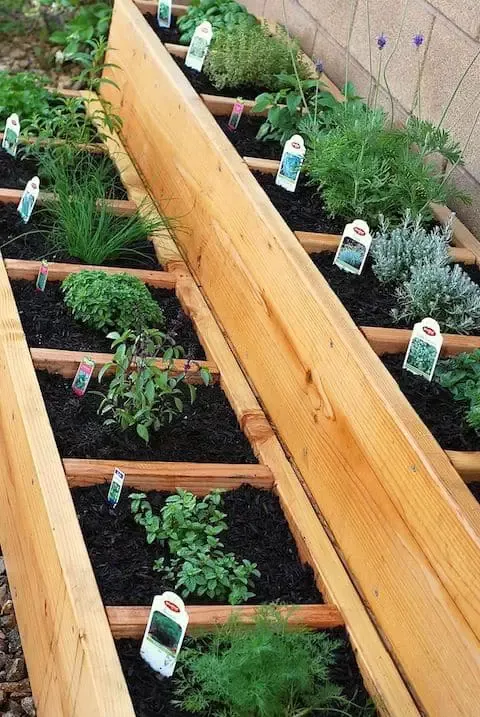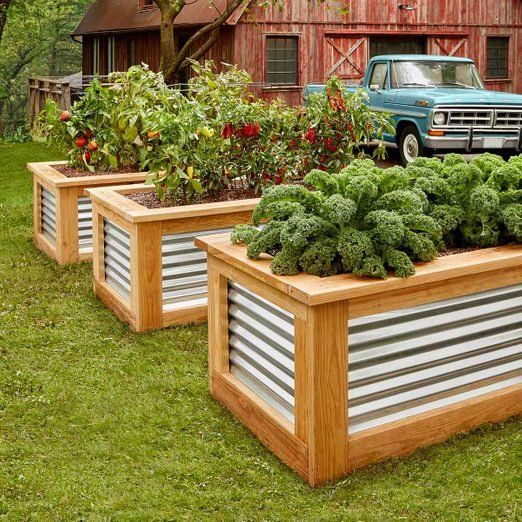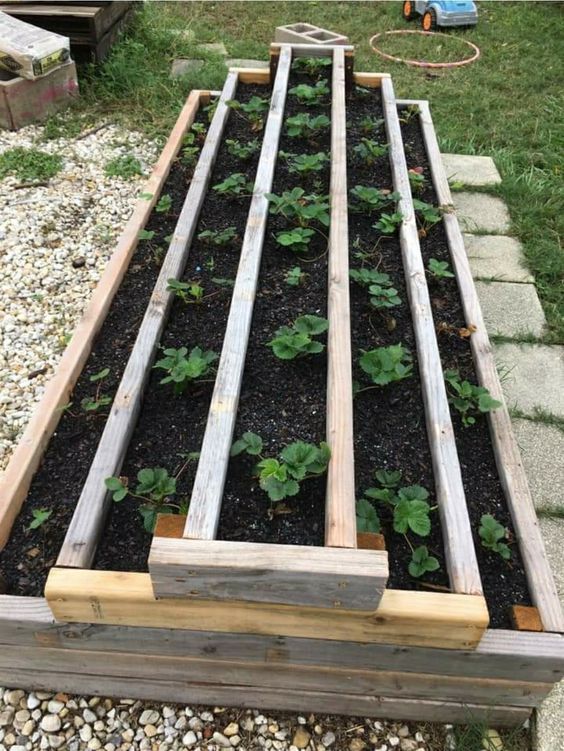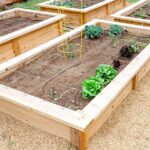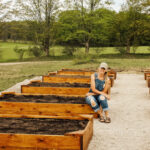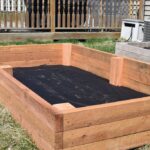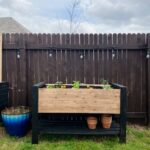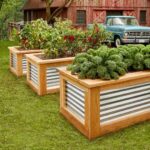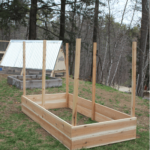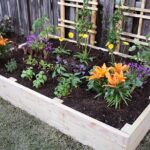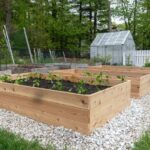Raised garden beds are a popular and practical option for growing vegetables, herbs, and flowers in a contained space. They offer several benefits, including improved soil drainage, better temperature control, and easier maintenance. While there are many pre-made raised garden bed kits available for purchase, building your own DIY raised garden bed can be a cost-effective and customizable option.
To start your DIY raised garden bed project, you will need some basic materials and tools. These typically include lumber, screws, a saw, a drill, and a level. Cedar or pressure-treated lumber are popular choices for building raised garden beds, as they are durable and resistant to rot. The size and dimensions of your raised garden bed can vary depending on your space and needs, but a common size is 4 feet by 8 feet with a height of around 1 foot.
Once you have gathered your materials and tools, the first step is to cut the lumber to size. You will need four pieces for the sides of the garden bed and four pieces for the corners. Use a saw to make clean and accurate cuts, and remember to wear safety goggles and gloves during this step. Next, assemble the sides and corners of the raised garden bed by screwing the pieces together using a drill. Make sure to check that the bed is level and square before securing all the pieces in place.
After the frame of the raised garden bed is assembled, it’s time to fill it with soil. You can use a mix of topsoil, compost, and organic matter to create a nutrient-rich growing environment for your plants. It’s important to choose high-quality soil that is well-draining to prevent water from pooling in the bed. Once the soil is in place, you can plant your desired vegetables, herbs, or flowers in the raised garden bed. Make sure to follow spacing and planting guidelines for each type of plant to ensure optimal growth.
Maintaining a DIY raised garden bed is relatively easy compared to traditional in-ground gardening. Regular watering, weeding, and fertilizing are essential tasks to keep your plants healthy and thriving. Raised garden beds also make it easier to control pests and diseases, as you can install protective covers or barriers around the bed. With proper care and attention, your DIY raised garden bed can provide a bountiful harvest and beautiful blooms throughout the growing season. So why not give it a try and start building your own raised garden bed today?
